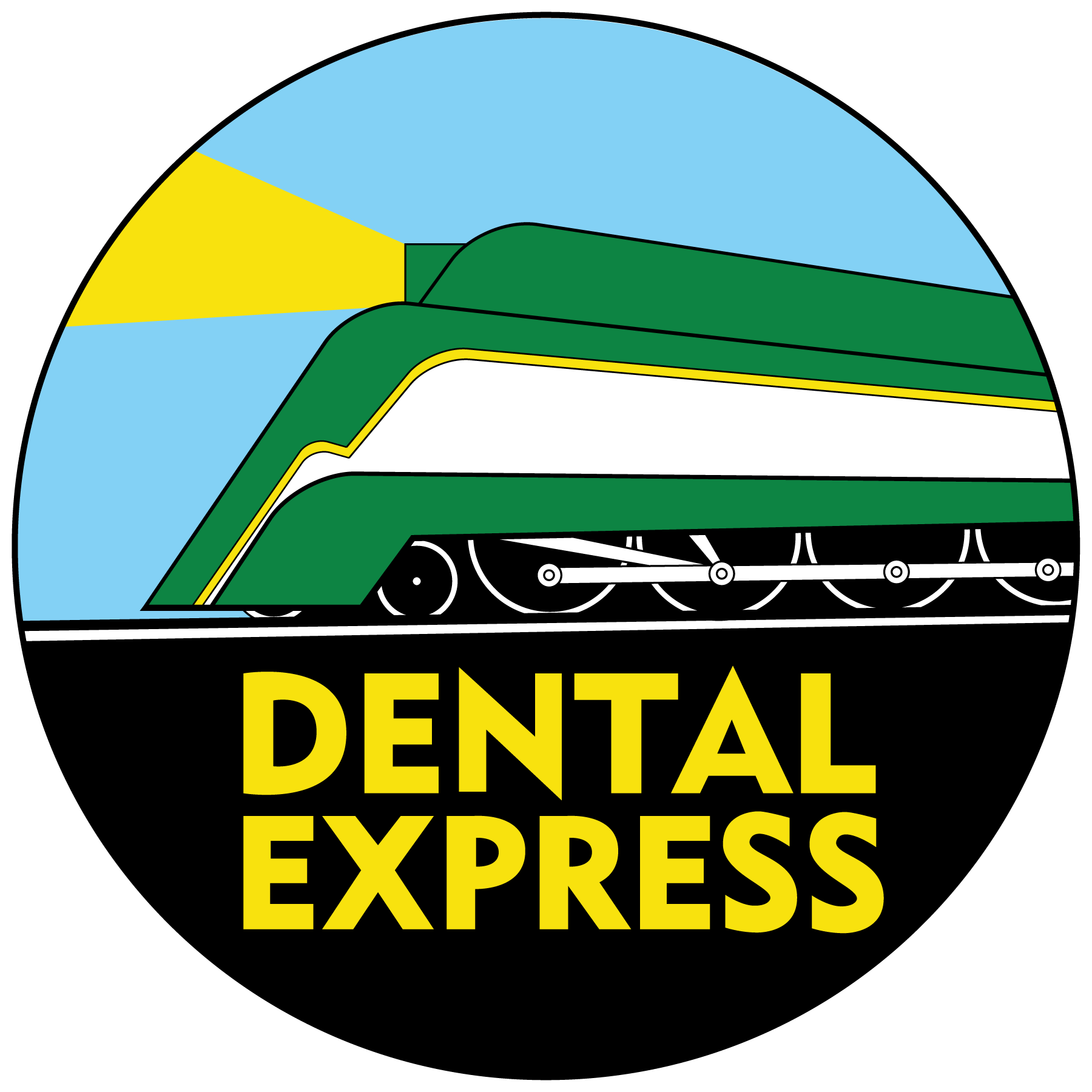
Dental insurance can be a huge help when it comes to maintaining your oral health. Many dental plans will pay for two cleanings a year, which will help you avoid more expensive dental treatment later. But dental insurance is also very confusing. Many Americans don’t fully understand the extent of their benefits, which is one reason why insurance companies make millions in unused dental benefits each year.
Understanding Your Dental Insurance Policy
While the fine print of each policy will vary, here are some handy tips on how to take some of the mystery out of your dental insurance policy.
1. Use available resources.
You’re not in this alone. There are several resources to help you understand the details of your policy. Most dental insurance companies have a customer service representative who can answer your questions either via phone or an online chat. Just be aware that you may experience longer wait times during open enrollment for health insurance plans. You can also get information about your plan on your insurance company’s website. Once again, be prepared for longer wait times or slow connections if you are calling or logging on during the enrollment periods. The American Dental Association (ADA) offers some help by providing information on ADA-approved plans in your state, and it provides links to local state dental associations which can also provide insight.
2. Understand the insurance vocabulary.
One of the most confusing aspects of dental benefit plans is the vocabulary. If you don’t understand the language, you can’t understand your benefits. Here are some commonly used terms:
- Contract term: The length of time for your insurance–usually 12 months.
- Deductible: The amount you have to pay before your insurance will pay for services. For example, if you have a $50 deductible, it means you will have to pay $50 out-of-pocket before your insurance will pay their part.
- Coinsurance: This is what you have to pay after you reach your deductible. For example, suppose Cindy has a $50 deductible and 20% coinsurance. This means that after she pays $50 for dental services, her insurance policy will pay 80% for services. After she reaches her deductible, she is responsible for paying 20% of her bill.
- Yearly maximum: Unlike most health insurance plans, a dental insurance yearly maximum refers to the maximum amount of money the dental insurance policy will pay during the benefit year, not the maximum out of pocket to be paid by the patient.
- Exclusions: Services that are not covered.
- Missing tooth clause: When an insurance policy has a “Missing Tooth Clause,” the policy will not pay for the replacement of any teeth that were missing or extracted prior to the effective date of the policy.
- Fee schedule: This list of dental procedures and how much your dentist charges for them. Be aware that many insurance companies may have a set amount that they will pay for certain services. This means that if your insurance company allows $100 for a procedure, but your dentist charges $150, then you will be responsible for the difference (in this case, $50) unless your dentist is a contracted provider for the insurance plan. If they are a contracted provider, they agree to charge the $100 amount “allowed” by your insurance company.
- Pre-authorization: This means that the dentist must submit a treatment plan to the insurance company for approval. If you do not have pre-authorization, your insurance company may not pay for the service.
- Premium: This is the amount you pay each month in order to maintain your dental insurance.
- Indemnity insurance: This type of policy usually pays a percentage of the dentist’s fee regardless of the dentist participating in a “Preferred Provider” group.
- PPO insurance: PPO plans provide a network of “Participating Providers” that agree to discount their fees to amounts pre-determined by the PPO plan. Patients with PPO insurance plans can receive pretty significant discounts by visiting participating providers. These plans usually allow for non-discounted benefits when a patient visits an “out of network” dentist as well.
- HMO or managed care: Dental HMO policies assign patients to a specific dental office to receive their care. These plans usually compensate very little directly to the dentist for each procedure. The dental office will usually receive a monthly check for each patient on their list. Most of the financial burden is on the patient, however, to pay for any major dental care needed. With HMO plans, it is very common to receive itemized bills from the dentist for parts of dental care that are usually included in the fees for procedures billed to Indemnity or PPO Insurance Companies. Examples of such itemized billing are for infection control, irrigation, lab fees, tooth colored composite or porcelain upgrades. Using an HMO policy can be very tricky because it appears to be a “great value” to the patient, initially, but there may be several hidden costs that could cause them to spend more in the long run than they would have spent without insurance at all. HMO policies do not provide any benefits for patients visiting an “out of network” dentist.
Vocabulary For Common Dental Treatments
When you get an insurance statement, you may not recognize the names of the dental procedures you had done. Here are some “fancy” dental terms for common treatments.
- Analgesia: This means preventing pain. It is often used in reference to numbing in relation to a procedure or the use of nitrous oxide gas to relieve anxiety.
- Amalgam: The “filling” used to treat cavities. They are typically made of silver, tin and copper.
- Appliance: Any removable dental device.
- Caries: Another word for cavities.
- Composite resin filling: Unlike a metal filling, this material is tooth-colored. It’s commonly used to repair cavities in teeth that are visible when smiling.
- UCR: The term UCR may appear on your insurance statement next to fees for each procedure performed. It is an abbreviation for the words “usual, customary and reasonable.” UCR amounts will differ with each dental insurance company and are not scientifically derived from the actual costs for dental care. The fee the insurance company determines to be their UCR may be very low compared to the area’s average professional fee for the same services. They are the fees that the employer and/or dental insurance company have decided to use to determine benefits payable for each procedure. They determine a percentage of the average fee for each dental procedure in the area and deem it their “UCR Fee.” This fee is used to determine any amounts that they will actually pay for your dental care. For an accurate idea of common fees for dental procedures in your area, contact your insurance representative.
Questions To Ask Before Your Dental Procedure
Before you have extensive dental procedures, here are a few items to be sure you understand. Ask yourself:
- Does this dental practice take my insurance? Are they among the approved providers?
- What “routine” procedures does my insurance cover? (For example, most will pay for two dental cleanings a year).
- What is my deducible?
- After I reach my deductible, how much will my insurance pay, and how much will I be expected to pay?
- Do I need pre-approval or authorization for extensive dental treatment?
- What methods of payment does my dentist accept? Are there payment plans?
- Does my dental insurance pay upfront or am I expected to pay and then be reimbursed?
- If I have to have oral surgery, will this be covered by my dental insurance or will my medical insurance plan be expected to pay?
- Is this considered cosmetic surgery? (If so, insurance will not cover it.)
Dental insurance is not easy to understand. Don’t let confusion keep you from getting the services you need! The professionals at your dental office will be glad to answer any questions you may have.

